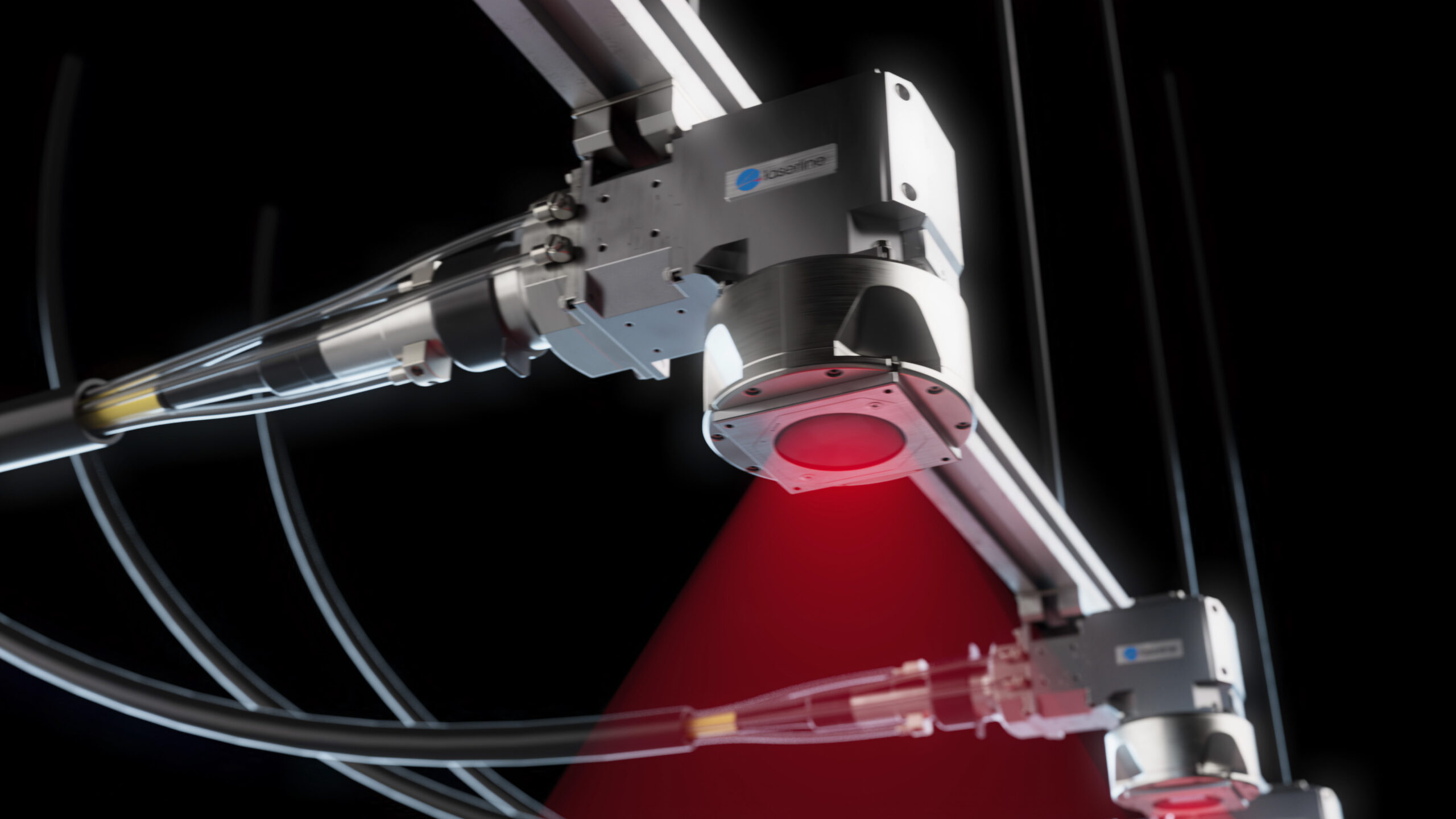
Battery electrodes have so far been dried primarily in gas-fired continuous ovens. However, a newly developed process based on diode lasers is clearly superior to this convective drying, postulates Laserline, and makes it possible for the first time to produce laser-dried anodes and cathodes in a roll-to-roll process.

© Laserline GmbH
Until now, the standard process for drying battery electrodes has been convection drying in a gas- or electricity-powered continuous oven. However, ambitious climate protection targets and rising energy prices are making this process increasingly unattractive. Battery manufacturers are therefore increasingly looking for alternatives – and these may consist of improvements to established processes or completely new methods such as dry coating or vacuum coating.
The former has been presented as a viable process, particularly by Tesla, and is at least theoretically capable of overcoming some of the fundamental difficulties of battery cell manufacturing. However, serial implementation is complicated by various patent claims, among other things.

© Laserline GmbH
Against this background, an innovative laser drying process for the low-emission and economical series production of lithium-ion batteries has been developed as part of the IDEEL project (Implementation of Laser Drying Processes for Economical & Ecological Lithium Ion Battery Production), which has been running for two years. It is based on Laserline high-power diode lasers, enables the production of anodes and cathodes in a roll-to-roll process for the first time and, with operating cost savings of 30 percent and a halving of the required production area, is a milestone on the way to CO2-neutral and competitive battery cell production. Several major battery and automotive manufacturers are currently qualifying the process in pilot production runs. Industrial implementation on a broad front is expected from 2024 at the latest.
More detailed information on the design and advantages of the new process can be found in the white paper “Diode Laser Drying of Electrodes for Lithium-Ion Batteries”, which was written by Laserline experts and staff from the PEM (Production Engineering of E-Mobility Components) chair at RWTH Aachen University.

© Laserline GmbH



